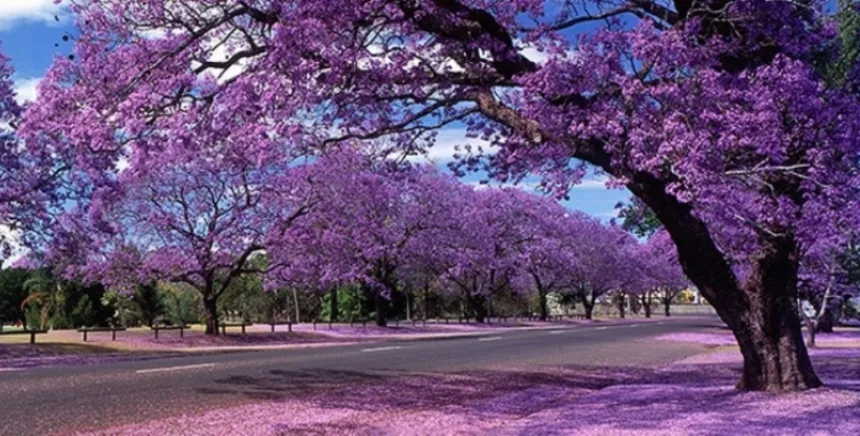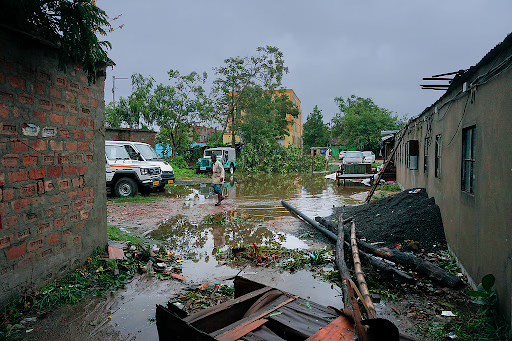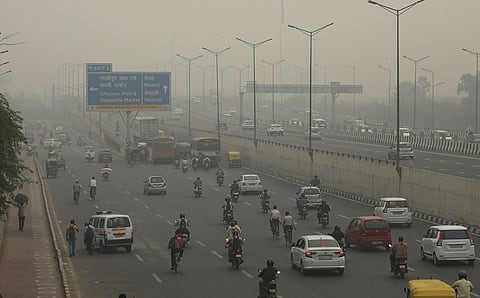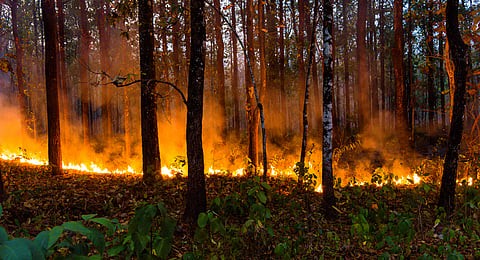





Copyright infringement not intended
Picture Courtesy: https://pulsenewsmexico.com/2019/03/11/jacarandas-welcome-springtime-in-mexico-city/
Context: Some jacaranda trees in Mexico City bloomed unusually early in January due to suspected climate change, raising concerns about its environmental impact on pollinators and the city's ecosystem.
Details
Unusual Early Bloom
|
Jacaranda |
|
|
Characteristic |
Explanation |
|
Scientific Name |
Jacaranda mimosifolia |
|
Origin |
Native to South America (primarily Brazil, Argentina, Bolivia) |
|
Family |
Bignoniaceae (Trumpet Creeper family) |
|
Appearance |
Deciduous tree with a tall, spreading canopy. Displays fern-like leaves and stunning clusters of lavender-blue, trumpet-shaped flowers. |
|
Growth |
Fast-growing trees can reach heights of 40-60 feet with a similar spread. |
|
Climate Preference |
Thrives in warm, subtropical climates with mild winters and ample sunlight. Sensitive to significant frost. |
|
Adaptations |
Drought-tolerant. Produces seed pods that can remain on the tree for long periods. |
|
Significance |
Popular ornamental tree, known for its vibrant springtime blooms. Widely planted in urban areas throughout the world. |
|
Ecosystem Role |
Provides shade and shelter. The flowers attract pollinators like bees and hummingbirds. |
|
Environmental Concerns |
Can be invasive in some regions where it outcompetes native plants. Considered a weed in parts of Australia and South Africa. |
Conclusion
|
PRACTICE QUESTION Q. Aside from providing aesthetic beauty, what is one beneficial role jacarandas play in ecosystems? A) They are a significant source of lumber for construction. B) Their leaves provide a vital food source for endangered animals. C) They attract pollinators like bees and hummingbirds. D) They release chemicals that suppress the growth of other plants.
Answer: C Explanation: Jacaranda flowers are a valuable source of nectar and pollen for various pollinators, particularly bees and hummingbirds. This contributes to the overall health and biodiversity of the ecosystem. |






© 2025 iasgyan. All right reserved